You’ve probably noticed your energy bills climbing while your comfort levels remain inconsistent throughout your home. Traditional HVAC systems operate on basic schedules that don’t adapt to your actual lifestyle or changing needs. However, automating your heating and cooling system can slash those costs by up to 23% while creating the perfect environment in every room. The key lies in three strategic upgrades that transform your outdated system into an intelligent climate control network.
Start With a Smart Thermostat for Automated Temperature Control

The foundation of any automated HVAC system starts with replacing your traditional thermostat with a smart one.
A smart thermostat delivers automated temperature control by learning your daily routines and adjusting heating and cooling accordingly. You’ll maximize energy efficiency through programmable features that create custom schedules aligned with your lifestyle, helping reduce energy consumption during unoccupied periods.
Remote control via smartphone apps lets you adjust settings from anywhere, ensuring ideal comfort and savings.
Advanced models use real-time data from sensors to monitor temperature, humidity, and occupancy, creating superior indoor climate management.
You can expect to cut energy costs by 10-23%, making this upgrade financially beneficial while enhancing your home’s automated comfort system.
Install Smart Sensors and Zoning Controls for Personalized Comfort
While smart thermostats provide excellent foundational control, installing smart sensors and zoning controls takes your HVAC automation to the next level by creating personalized comfort zones throughout your home.
These smart sensors monitor temperature, humidity, and occupancy in real-time, allowing your HVAC system to optimize comfort based on actual conditions rather than static temperature settings.
Zoning controls divide your home into separate areas with individual thermostats, enabling personalized comfort for different rooms and activities.
Integrate Your HVAC System With Home Automation Platforms
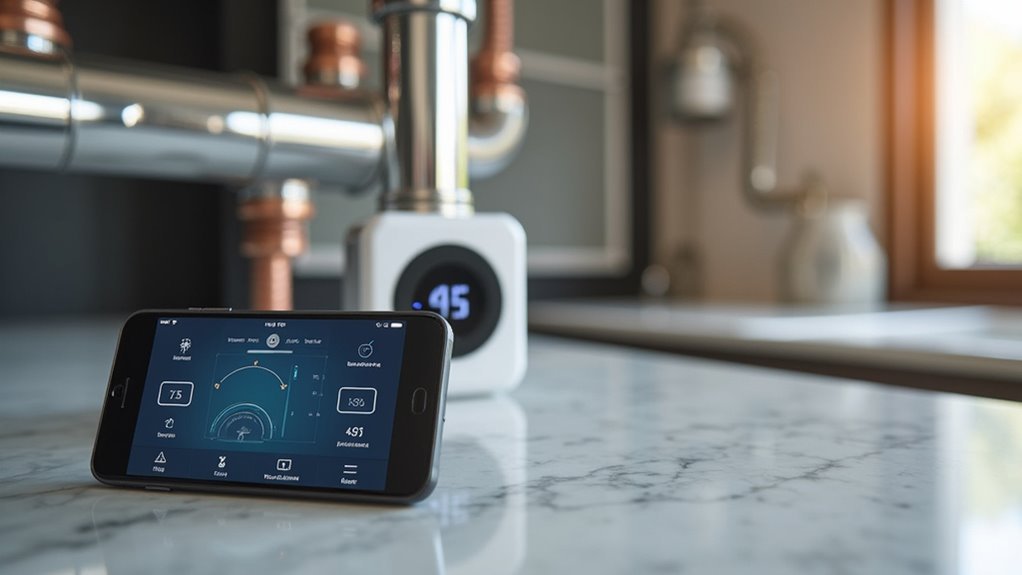
How can you maximize the potential of your smart HVAC system? Integrate it with home automation platforms for seamless control and enhanced functionality.
Smart thermostats and environmental sensors communicate with these platforms to improve energy efficiency based on real-time occupancy data. You’ll enjoy voice commands through Amazon Alexa or Google Assistant, making temperature adjustments effortless.
HVAC automation works alongside other smart devices—your blinds can automatically close during peak heat, reducing cooling demands and boosting energy savings.
Remote monitoring via mobile apps lets you control settings from anywhere, ensuring ideal comfort and health.
Integration also enhances safety by connecting your system to smoke or carbon monoxide alarms, automatically shutting down during emergencies.
This thorough approach maximizes both convenience and protection.
Frequently Asked Questions
What Is the $5000 Rule for HVAC?
The $5000 rule suggests you should replace your HVAC system if repair costs exceed $5000 or if it’s over 10 years old and needs significant repairs.
Should I Set My HVAC to Auto?
You should set your HVAC to auto because it’ll automatically switch between heating and cooling, maintain consistent temperatures, improve energy efficiency, and save you money without requiring manual adjustments throughout the day.
How Can I Make My HVAC System More Efficient?
You can boost HVAC efficiency by upgrading to a smart thermostat, changing filters regularly, using programmable scheduling, implementing zoned systems, and adding humidity sensors for peak performance.
Is It Better to Leave HVAC Fan on or Auto?
You should use “auto” for better energy efficiency, saving 10-20% on utility bills. However, if you have allergies or want consistent air circulation, leaving it on continuously improves filtration.

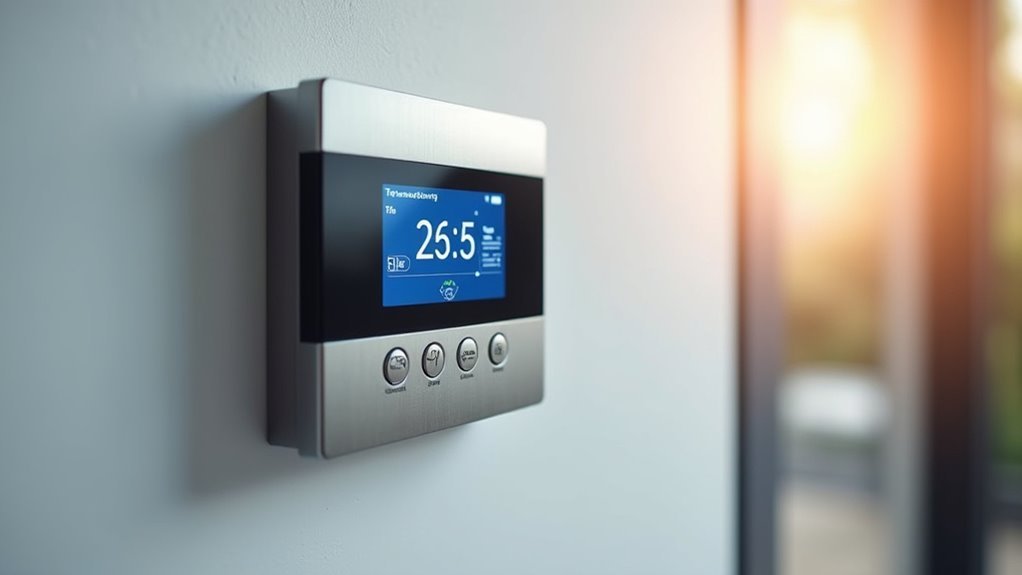
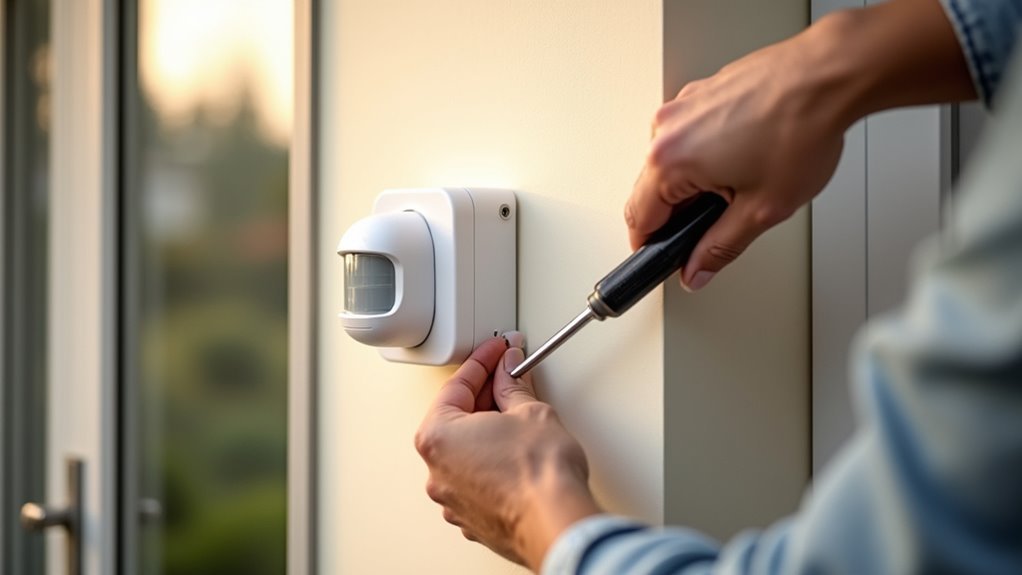
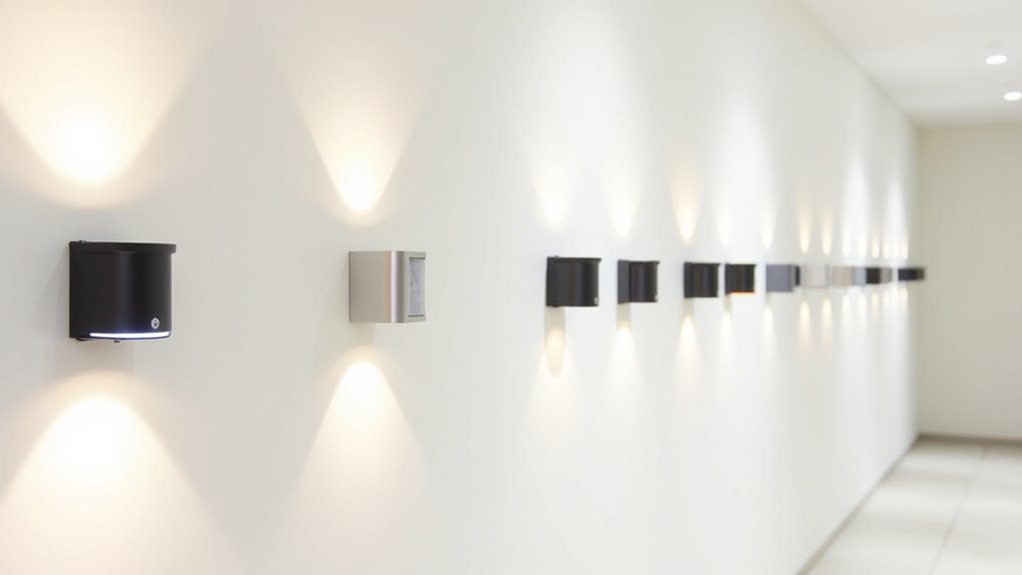
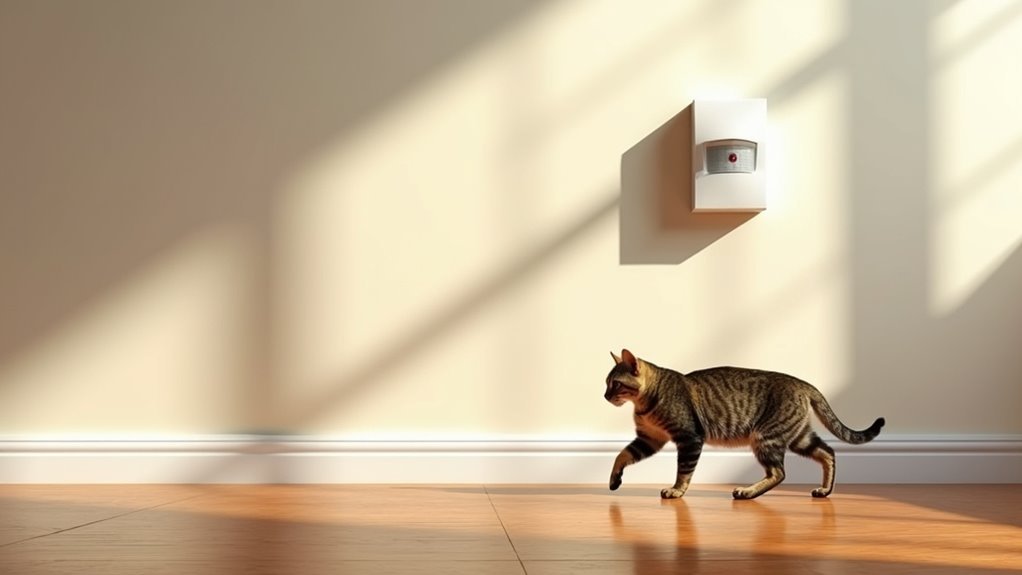
Leave a Reply